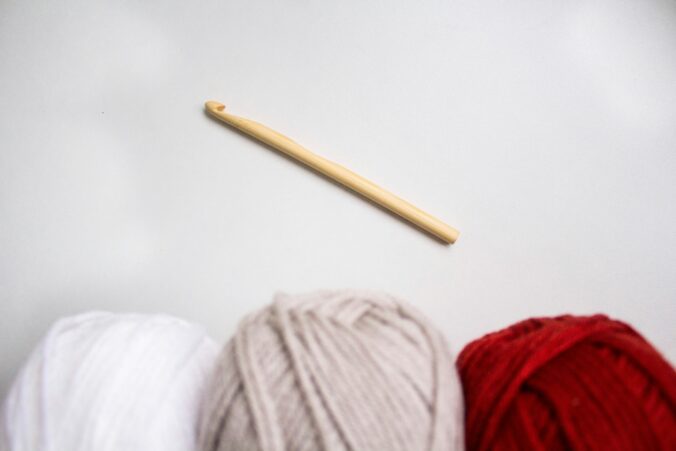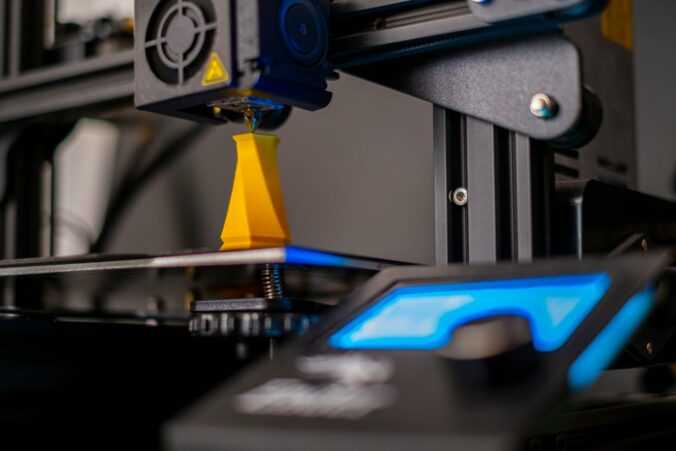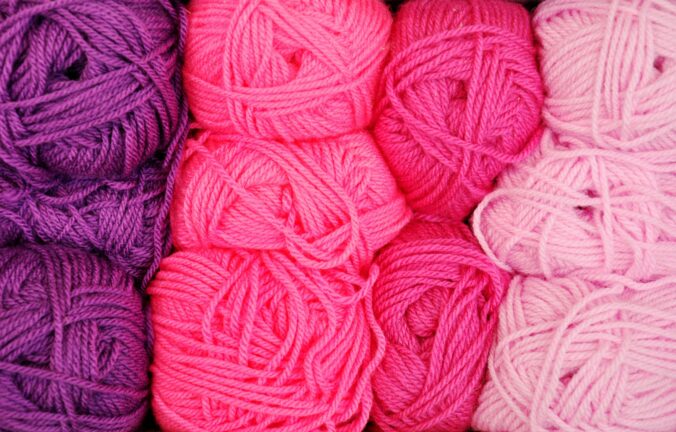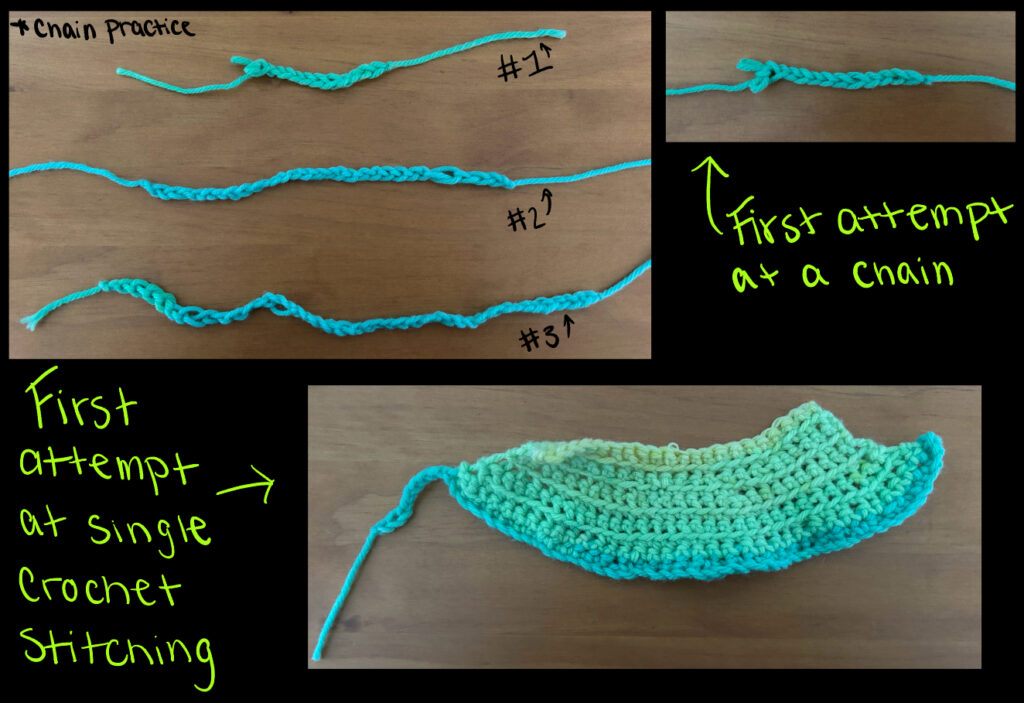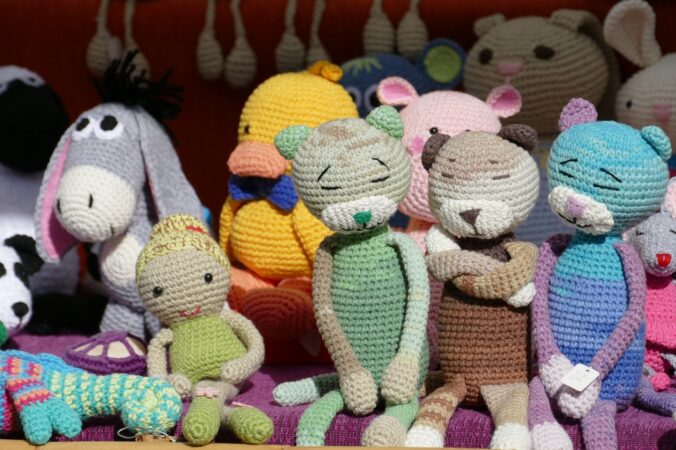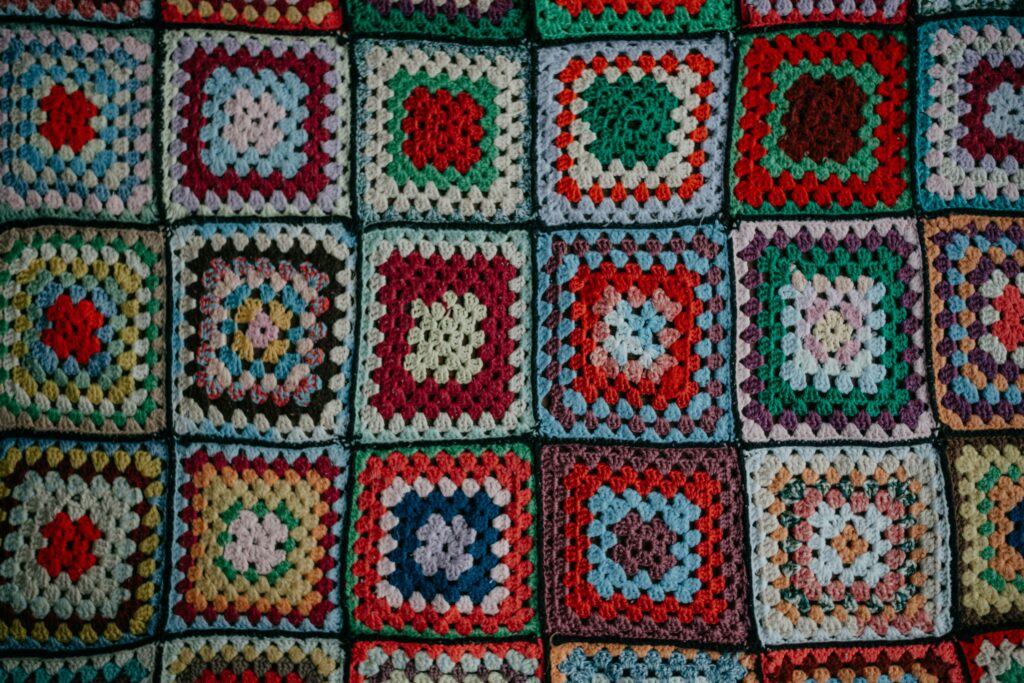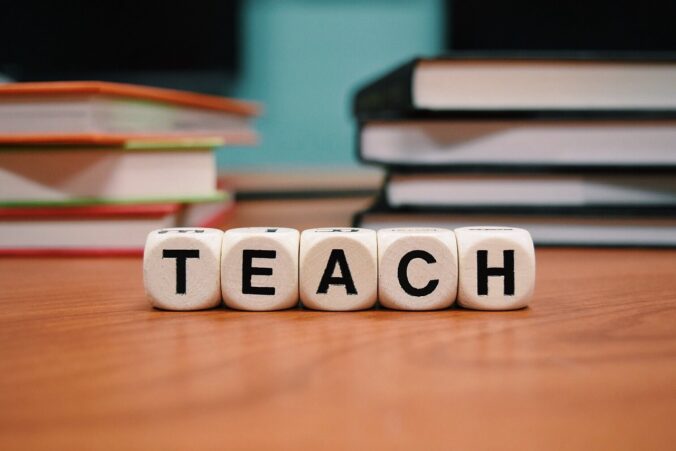This week I mostly focused on developing my single crochet stitch that I learned last week. My stitch has improved a lot since last week which I attribute to both practice a more closely following tutorials/instructions. I have included a photo of my first try at single crochet stitching from last week and my attempt from this week to show my growth. One thing I’m still struggling with my “turning chain” stitch which is the stitch when you reach the end of the row you are working on and have to move up. Mine look really messy and I don’t think I’m doing them correctly. This hasn’t ruined my work but it’s created a few inconveniences and is something I really need to work on to continue growing my skills.

I did not take my advice from last week and started working on a piece without an end goal in mind. Once I was feeling ready to start working on a new project I started to brain storm what I could do with my work and I decided to turn it into a bag. Stitching together the blue side was pretty easy but issues arose when I tried to bring the other sides together. I originally tried to sew together the shorter (multicoloured) side with white yarn to try and create a seamless look but since my turning stitches are so messy it was next to impossible to make that work at my current skill level. I have decided it will be easier and my bag will look better if I sew up the long side (yellow). I will be working on finishing my bag over this next week by sewing up the yellow side and crocheting a strap to sew on as well. Below is a picture of my set back when i tried to sew up the shorter sides.
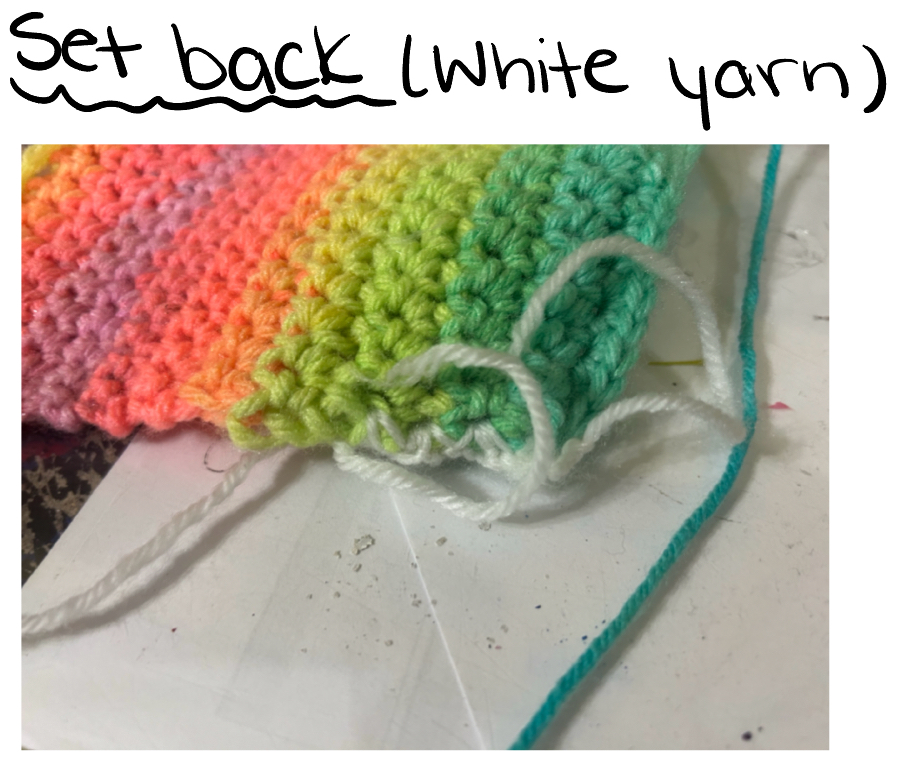
Besides my bag I also crocheted a small heart for the first time. It was much more challenging than the single stitch but still pretty simple all in all. I’m hoping to get better at making these as i would love to be able to make a lot and give them out. I followed ‘Lilthings’ tutorial on youtube, it was super beginner friendly and easy to follow. I struggled to get the right yarn tension and to keep track of my stitching counts but my heart still turned out well. Over the next week I will be working on finishing my bag and making more hearts. The hearts are made using a magic circle, chains, single, double and triple crochet stitches so making them will help me develop multiple skills.

Feature image- Unsplash
